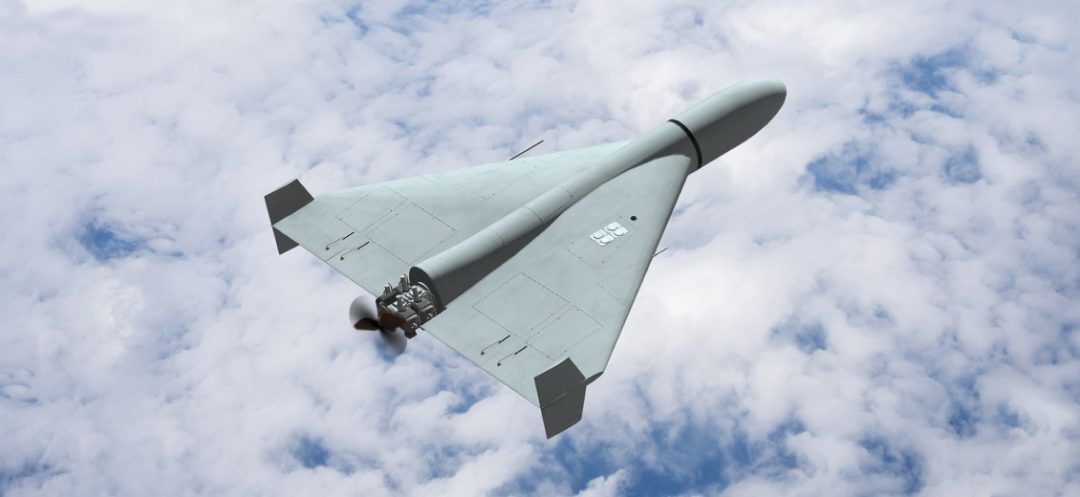
Following the humiliating defeat of the Arab armies in the Six-Day War of June 1967, Egyptian President Gamal Abdel Nasser attributed the losses of Egypt, Jordan and Syria to Israel’s air supremacy. Since then, over the course of more than half a century, this air supremacy has grown exponentially, while Arab military capabilities have steadily eroded at a similar pace. Consequently, Israel has attained total and uncontested control over the region’s airspace—occasionally in collaboration with its Western allies—as evidenced by the ongoing, large-scale airstrikes targeting Hezbollah positions in southern Lebanon and the Bekaa Valley.
At this stage, Israeli air superiority is further strengthened by highly sophisticated technologies, including spy satellites, artificial intelligence (AI) and increasingly advanced drones. This results in an impressive capacity for Israel to collect, analyze and exploit military data and intelligence.
In response to this absolute air supremacy and the widening technological gap with Israel, Hezbollah—and the broader Iranian camp—boasts a substantial arsenal of missiles and drones, along with a grassroots mobilization, rooted in the cult of martyrdom. While this provides a significant capability for “harm” and notable destruction, it falls short of the ultimate objective: establishing a “deterrent force” and creating a more balanced power dynamic with the Hebrew State in anticipation of a major confrontation with the adversary. This is precisely where it’s most painful, as the so-called “obstructionist” camp currently lacks the means to bridge—even partially—the technological divide that separates it from Israel.
Confronted with such a reality, Lebanese public opinion has every right to demand accountability from Hezbollah's leadership by questioning the appropriateness of its (unilateral) initiative to reactivate the southern Lebanon front in an objectively unfavorable context at local, regional and international levels. The goal of “liberation” is nothing but an illusion. The objective set on October 8—to alleviate military pressure on Hamas—has proven to be merely a smokescreen to justify a fundamentally irrational military initiative that does not genuinely concern Lebanon.
All are aware… Hezbollah's political project, its vision and its calculations are fundamentally transnational. For the party’s leadership, Lebanon is merely a pawn on the larger Iranian chessboard. By reactivating the southern front, Hezbollah's sole aim was to serve the geostrategic interests of the mullah's regime. In fact, it was compelled to do so, in line with the party's doctrine developed in the mid-1980s under the guidance of the Islamic Revolutionary Guard Corps (IRGC).
Hezbollah effectively holds all of Lebanon hostage to strengthen Tehran's position in its confrontation with the Western camp. However, emerging signs suggest that the Iranian regime may be open to pursuing a comprehensive agreement with Washington, potentially by sacrificing some of its local allies, including Hezbollah. Supreme Leader Ali Khamenei recently stated explicitly that a “tactical political or military retreat in the face of the enemy is entirely feasible.” Meanwhile, the newly elected Iranian president has called for “good relations” with the United States, even asserting that “Americans are our brothers.”
This raises important questions for the staunch supporters of the “obstructionist” axis, who may need to come to terms with the idea that in the grand game of nations, State Reason operates on “reasons whereof reason knows nothing.” In this grand game, secondary players can sometimes find themselves with no room…
Read more





Comments